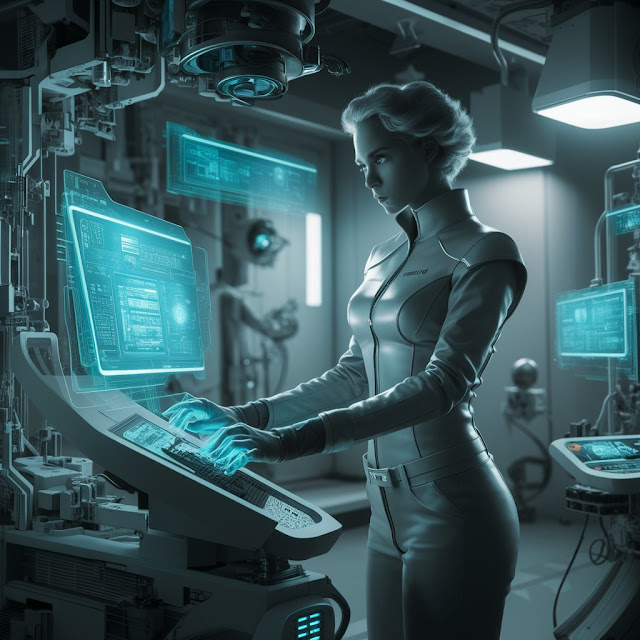Keeping its promise from last week, OpenAI-backed Figure, the startup racing to build AI-powered robots for household and factory work, has unveiled the next generation of its humanoid – Figure 02.
Available to select enterprises at this stage, Figure 02 marks a significant upgrade over Figure 01, which first appeared earlier this year doing basic chores like moving dishes into a drying rack while conversing with its instructor. The new model, as the demo shows, has been perfected with an exoskeleton-based structure that enables it to handle heavier items more easily.
What’s even interesting here is that Figure 02 has enhanced visual reasoning capabilities that work as the brain of the robot, helping it learn a task and even self-correct itself. The development marks a major leap in the AI-powered humanoid domain, a category where several other startups are operating, including 1X Robotics and Tesla.
What’s new in Figure 02?
When Figure showed off Figure 01, which was an early prototype, the robot had an incomplete-looking design with exposed wiring and actuators. It conversed and reasoned seamlessly but moved slowly and was bound by limited motion.
The new version, standing 5’6’’ tall and weighing 132 pounds, features a more seamless exoskeleton-based design – where the outer skin bears the load – with tighter packaging, concealed wiring for power and computing, and human-scale hands equipped with “16 degrees of freedom”.
The hands, in particular, seem to be a major upgrade paving the way for human-equivalent strength and dexterity. They have been designed in-house to help the robot handle human-like tasks and lift objects going up to 44 pounds.
In the demo shared today, Figure 02 can be seen picking up a part in a BMW facility and placing it to help with the assembly process. Brett Adcock, the CEO of the company says, the next-gen humanoid visualizes, understands, and executes tasks like these through an AI-driven vision system, which uses six onboard RGB cameras located in its head, front torso, and back torso.
The data from the cameras goes to an onboard visual language model which works as the brain of the machine, helping with semantic grounding and fast common-sense visual reasoning.
But, that’s not it.
Like the first version, Figure 02’s enhanced visual reasoning works with speech-to-speech conversations, powered by custom AI models trained in partnership with OpenAI.
This way, one would give the robot a task verbally and it will combine both speech and visual reasoning (using both the command and camera data) to reply and take the required action. It can even self-correct itself with these capabilities combined.
While the exact performance of the new robot remains to be seen (we’ve just got one video so far), the company claims it has three times the computation & AI inference of Figure 01 and can perform real-world tasks fully autonomously and much faster than the original bot. The 2.25 KWh battery pack housed in its torso also ensures it delivers 50% more power than Figure 01 and runs for up to 20 hours every day.
Room for improvement
Figure has clearly improved the design and functionality of its robot, taking a notable step towards commercialization of the AI-powered technology. It can come in very handy, especially in factory and warehouse settings where enterprises need machine workers to quickly learn and handle different tasks.
However, it is important to note that the hardware aspect of the technology may still need some work.
Currently, Figure 02 moves at the average walking speed of humans but there may be cases where it may need to move faster — something that the company would like to work on.
In addition to this, it may also consider expanding the robot’s range of movements to ensure it can do more in less time. This is also what Boston Dynamics is considering with its new range of Atlas humanoids.
Other players operating in this space are 1X Robotics (which is also backed by OpenAI), Elon Musk’s Tesla, Agility Robotics, Apptronik, Fourier Intelligence, and Unitree Robotics. Many of these players are even using Nvidia’s multimodal AI “Project GR00T” to power the function of their robots.

